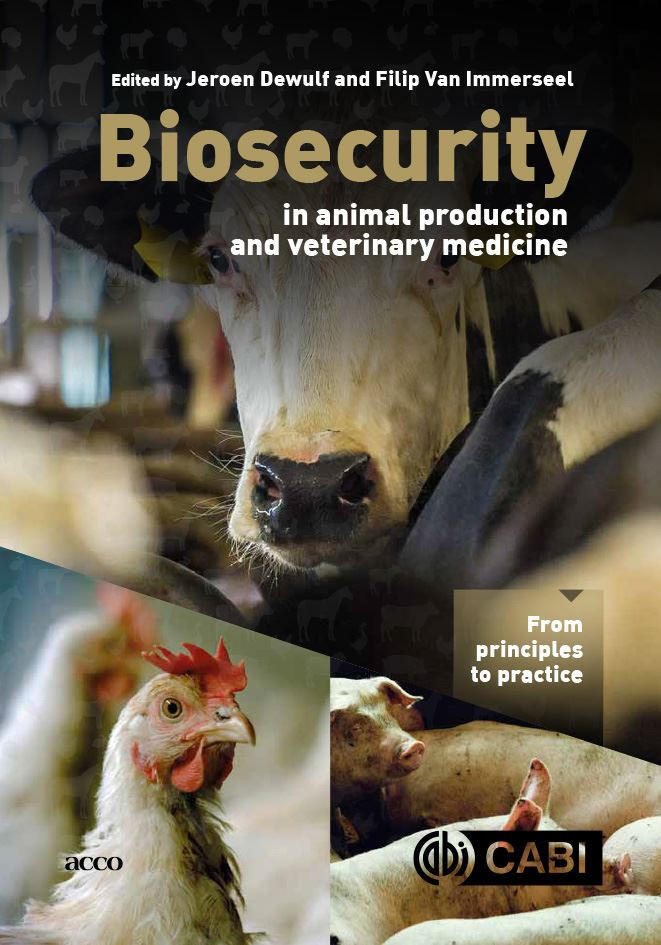

Most ebook files are in PDF format, so you can easily read them using various software such as Foxit Reader or directly on the Google Chrome browser.
Some ebook files are released by publishers in other formats such as .awz, .mobi, .epub, .fb2, etc. You may need to install specific software to read these formats on mobile/PC, such as Calibre.
Please read the tutorial at this link: https://ebookbell.com/faq
We offer FREE conversion to the popular formats you request; however, this may take some time. Therefore, right after payment, please email us, and we will try to provide the service as quickly as possible.
For some exceptional file formats or broken links (if any), please refrain from opening any disputes. Instead, email us first, and we will try to assist within a maximum of 6 hours.
EbookBell Team

4.4
12 reviewsGlobally, the way the animal production industry copes with infectious diseases is changing. The (excessive) use of antimicrobials is under debate and it is becoming standard practice to implement thorough biosecurity plans on farms to prevent the entry and spread of pathogenic micro-organisms. A good biosecurity plan benefits not only farm animal production, but also facilities where companion animals are kept, including veterinary practices and clinics. Biosecurity in Animal Production and Veterinary Medicine is the first compilation of both fundamental aspects of biosecurity practices and specific and practical information on the application of the biosecurity measures in different animal production and animal housing settings.
The book starts with a general introductory chapter on the epidemiology of infectious diseases, followed by a chapter explaining the general principles of biosecurity. Specific topics of biosecurity, including rodent and insect control, cleaning and disinfection, hygiene and decontamination of feed, drinking water and air, and measuring the biosecurity status of farms, are detailed in dedicated chapters. Explanations on the relevance of the implementation of biosecurity plans in order to improve animal health and performance and reduce antimicrobial usage are described, and a chapter on ways to motivate farmers to implement a biosecurity plan has been included. Practical chapters deal with biosecurity in the poultry, pig and cattle industry, horse facilities, dog kennels, veterinary practices and clinics and laboratory animal facilities.
The book is a practical guide that can be used by farm and animal facility managers, consultants, veterinarians, animal caretakers, and people with an interest in prevention of diseases in animals. Academics and students will benefit from the book because it contains all relevant information on animal biosecurity.
**